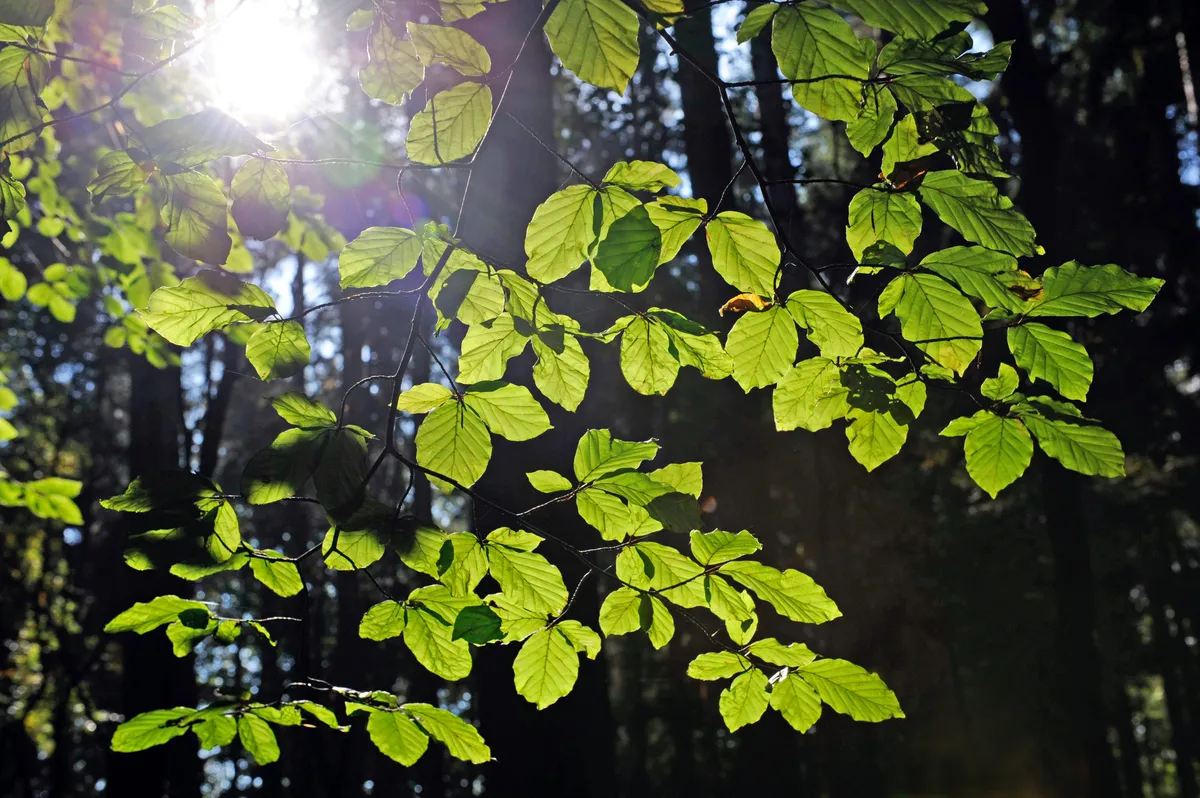We're in the middle of tree-planting season, and with campaigns such as the Queen's Green Canopy encouraging people to plant a tree in their gardens, there couldn't be a better time to choose the right tree for you. Trees are vital to tackling climate change and provide important sources of food and shelter for wildlife, as well as bringing mental health benefits to people too.
You may also like
The loss of trees is a continuing trend in Britain, with 1,000 irreplaceable ancient woods being threatened by development over the last 10 years, according to the Woodland Trust. Deadly tree diseases and pests, such as ash dieback, have also had a huge impact on the number of trees in the country.
To help you, we've asked a selection of horticultural experts, garden writers and editors which is their favourite tree, from their own personal individual tree to the one they always swear by as an excellent planting option. Discover them below.
Our favourite trees
Metasequoia glyptostroboides, the dawn redwood

Plantsman and tree expert Tony Kirkham:
This tree is one of the most versatile, beautiful and charismatic deciduous conifers from China that you can ever plant in the garden and it will grow in most acid or alkaline soils providing they are well drained. They make the perfect solitary specimen in a lawn or a border, or in a group beside water for their reflection on a sunny autumnal or summers day. The crown is a perfect pyramidal shape with fine, lime green linear needles which turn copper-brown in autumn before dropping them. The trunk is one of the many ornamental attributes, flared at the base and deeply fluted with reddish-brown stringy bark.
Fagus sylvatica, the beech

Dr Jamie Compton, Gardens Illustrated's botanical adviser:
In these days when global warming is an ever-present reality we need as many trees planted as can be humanly possible. The beech tree has always been my favourite native tree. There is something about its smooth grey trunk in winter, the soft pale green foliage as it emerges in spring and the tempting awkwardness of prizing out those delicious edible little nutlets in the autumn that gives me so much pleasure.
Betula pendula, silver birch

Keith Wiley, plantsman and founder of Wildside in Devon:
Easy to grow, fast-growing, slim and elegant as a young tree and supremely glamorous when mature with its furrowed white trunk and myriad of gracefully pendent thin twigs, I cannot think of a more beautiful tree than our native silver birch. Although it is the winter months when the silver birch cannot fail to be noticed it is truly a plant for all seasons and is wonderful as a single or multi-trunked specimen, or planted en masse. Good for wildlife too, providing a rich food source for many small birds and insects. Easily my favourite tree.
Pinus sylvestris, Scots pine

Aaron Bertelsen, gardener-cook:
Trees can work very well in a garden, provided they are given space to really grow into themselves. This is certainly true of my tree of choice, Pinus sylvestris, or Scots pine. Given enough space – and time, of course – to mature, it becomes the most majestic tree, with distinctive horizontal layered branches. I particularly love to see it in a harsh windswept environment, where the trees will often tend to grow shorter with a thicker, more rugged trunk. If you are lucky enough to get between a stand of these wonderful trees and the setting sun, the deeply fissured, scaly bark will turn a vibrant, glowing pink. There must be something about me and conifers, I think, that runs very deep: I even named my beloved dachshund after them!
How to identify trees
How to identify hawthorn, crab apple and rowan trees